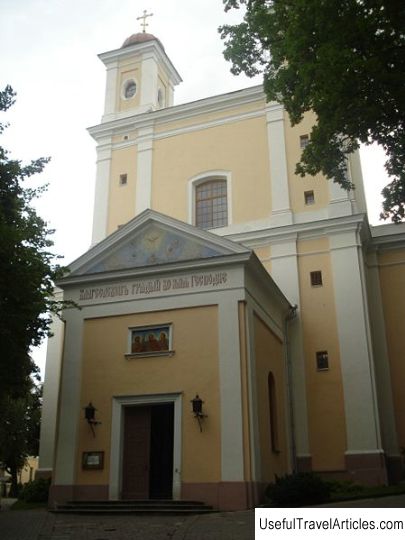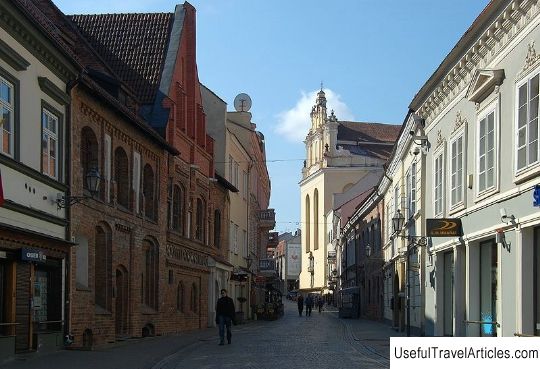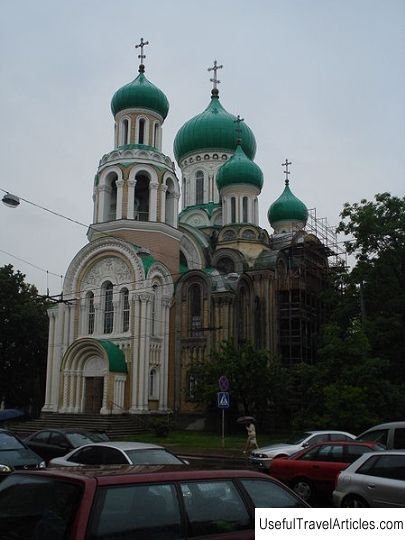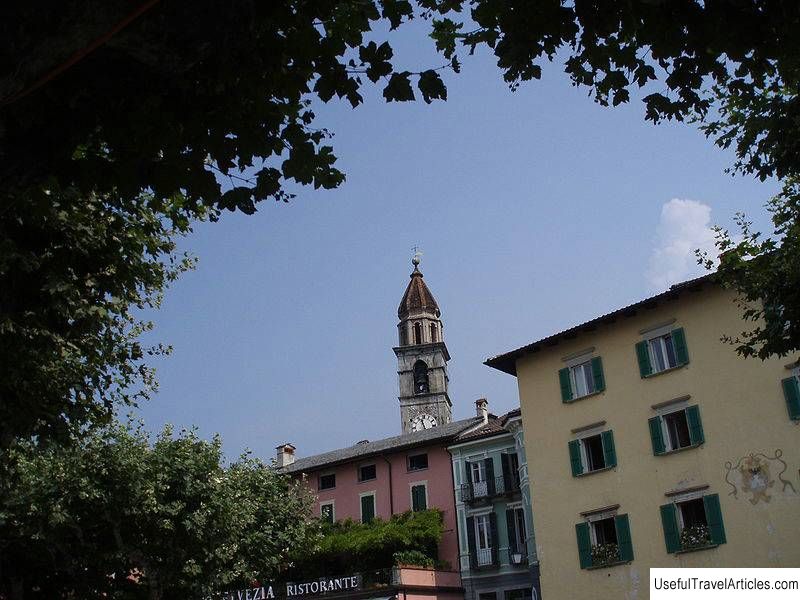Pyatnitskaya church (Sv. kankines Paraskevos cerkve) description and photos - Lithuania: Vilnius
Rating: 7,7/10 (3490 votes) 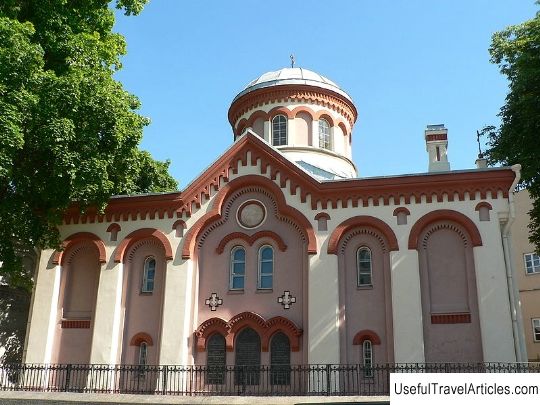
Pyatnitskaya church (Sv. kankines Paraskevos cerkve) description and photo - Lithuania: Vilnius. Detailed information about the attraction. Description, photographs and a map showing the nearest significant objects. The name in English is Sv. kankines Paraskevos cerkve. Photo and descriptionThe Pyatnitskaya church is named after the holy martyr Paraskeva Pyatnitsa. It is located in the Old Town and is rightfully considered the first stone Christian church in Vilnius, although it was originally a wooden building. Later, it became stone by the order of Mary, the wife of Prince Algidras. Pyatnitskaya church was built in 1345 and did not differ in architectural delights or outstanding dimensions. But the Pyatnitskaya Church is known for the fact that it was in it that the great Peter I served a prayer service in honor of the victory over Charles XII during the Northern War. The tsar presented the church with a banner, which he captured from the Swedish soldiers. According to some reports, in ancient times, on the modern site of the church, there was a temple of Ragutis, the Lithuanian god of drunkenness. The wife of the Grand Duke of Lithuania Maria insisted that the temple be demolished and destroyed, and an Orthodox church was built in its place in 1345. Maria Vitebskaya, who died in 1346, was buried in this church. This temple is called the first Christian church in Vilna, built of stone. In 1557, the church was damaged by fire, but in 1560 it was restored. But in 1610 another fire fell to the lot of the temple, after which the temple was restored only in 1698. Inevitably, the church fell into decay, because the conflicts between the Uniate and the Orthodox Church could not but affect its condition. Later, in 1746, the temple burned down almost to its foundations, and a considerable amount of effort was required to restore it. The Uniates did receive the church in 1795. But in 1839, when the Lithuanian Uniate Church was liquidated, the temple again passed into the hands of Orthodoxy. At this time, the church was a dilapidated building used as a warehouse for firewood. In 1864, the Pyatnitskaya church was practically rebuilt on the same site. This event was facilitated by the Governor-General Muravyov M.N., and Martsinovsky became the architect of the new church. In order for the temple to occupy a more advantageous position, some of the buildings that surrounded the destroyed church were demolished. The ancient buildings of the church have survived only in part. The temple was lit in 1865 in the presence of Governor-General Von Kaufmann, and in 1886 the area surrounding the church was surrounded by an iron fence, standing on a stone foundation. In the second half of the 19th century, the temple did not have its own parish and was assigned to the Nikolskaya church located nearby. During the period between the First and Second World Wars, the church was also run by the St. Nicholas Church. The Second World War brought destruction to the entire interior of the church. From 1945 to 1949, the church underwent a deep overhaul. By 1946, one hundred parishioners were officially registered in the temple. In 1959, the project of equipping the temple for a museum of atheism received a life, but this museum was arranged much later in the church of St. Casimir. Surprisingly, in 1961 the Pyatnitskaya church was closed. But since 1962, a museum dedicated to small arts, called a branch of the Art Museum, began operating in the church building. By 1990, the temple was returned to the Lithuanian-Vilna diocese of the Russian Orthodox Church. And at the end of May 1991, Metropolitan Chrysostomos of Lithuania and Vilnius performed the ceremony of illuminating the church. The Pyatnitskaya Church was attributed to the Prechistensky Cathedral. Now, services are held in the church only on Sundays, and Priest Vitaliy Karikavas from the Holy Spirit Cathedral serves liturgies, which are held only in Lithuanian.      We also recommend reading Marilleva description and photos - Italy: Val di Sole Topic: Pyatnitskaya church (Sv. kankines Paraskevos cerkve) description and photos - Lithuania: Vilnius. |

